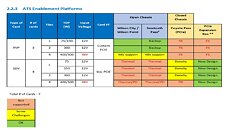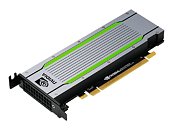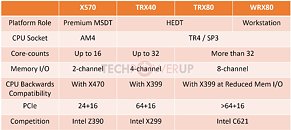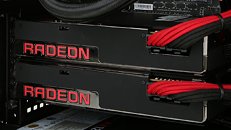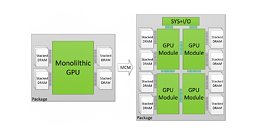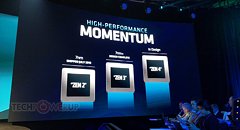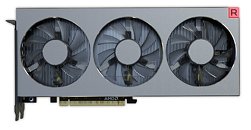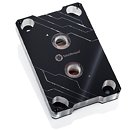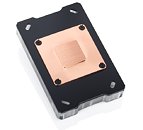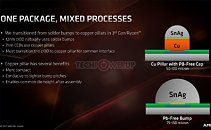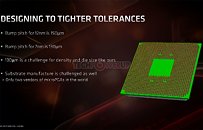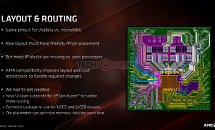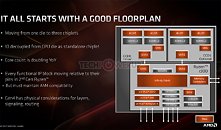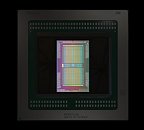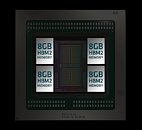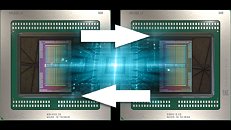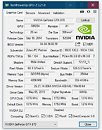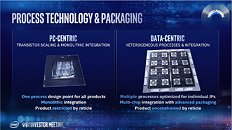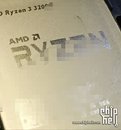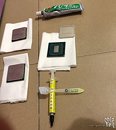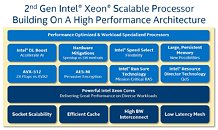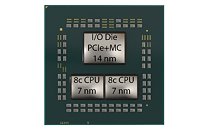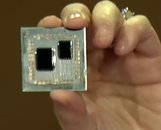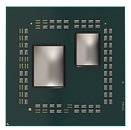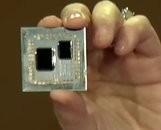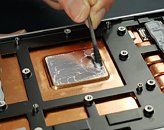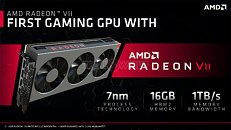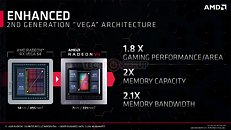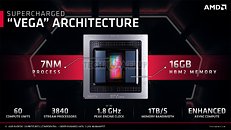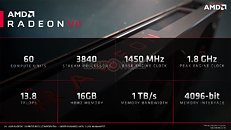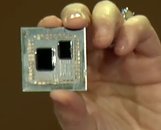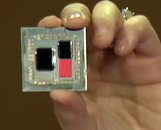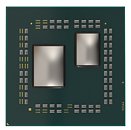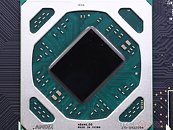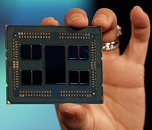
Intel Xe Graphics to Feature MCM-like Configurations, up to 512 EU on 500 W TDP
A reportedly leaked Intel slide via DigitalTrends has given us a load of information on Intel's upcoming take on the high performance graphics accelerators market - whether in its server or consumer iterations. Intel's Xe has already been cause for much discussion in a market that has only really seen two real competitors for ages now - the coming of a third player with muscles and brawl such as Intel against the already-established players NVIDIA and AMD would surely spark competition in the segment - and competition is the lifeblood of advancement, as we've recently seen with AMD's Ryzen CPU line.
The leaked slide reveals that Intel will be looking to employ a Multi-Chip-Module (MCM) approach to its high performance "Arctic Sound" graphics architecture. The GPUs will be available in up to 4-tile configuration (the name Intel is giving each module), which will then be joined via Foveros 3D stacking (first employed in Intel Lakefield. This leaked slide shows Intel's approach starting with a 1-tile GPU (with only 96 of its 128 total EUs active) for the entry level market (at 75 W TDP) a-la DG1 SDV (Software Development Vehicle).
The leaked slide reveals that Intel will be looking to employ a Multi-Chip-Module (MCM) approach to its high performance "Arctic Sound" graphics architecture. The GPUs will be available in up to 4-tile configuration (the name Intel is giving each module), which will then be joined via Foveros 3D stacking (first employed in Intel Lakefield. This leaked slide shows Intel's approach starting with a 1-tile GPU (with only 96 of its 128 total EUs active) for the entry level market (at 75 W TDP) a-la DG1 SDV (Software Development Vehicle).
